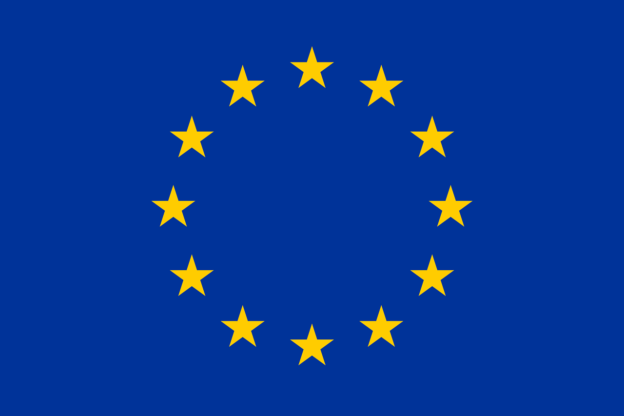On March 28, 2023, the Council and the European Parliament agreed on the establishment of a tool to fight economic coercion from third countries. In doing so, they seek to protect the interests of the European Union (EU) and to retaliate against countries whose trade policies compel Member States.
Originally intended as a response to the U.S. steel tariffs against the EU, the law comes at a time of heightened geopolitical tension. Indeed, more and more third countries are resorting to restrictions on trade and investment. The new text is therefore primarily a retaliatory measure or “mirror” device.
It will allow the EU to react to “economic blackmail” by a third country with anti-coercive measures that will result in trade restrictions such as increased customs duties, import or export licenses, restrictions in the field of services or public procurement… Beyond the “sanction” side of coercion, this new regulation includes measures to repair the damage when deemed appropriate. Finally, there is a well-defined procedure for determining whether coercion has occurred and for responding appropriately.
However, while many provisions are already in place, the definition of coercion itself is lacking. It is therefore up to the Council to establish it and to give it meaning. Indeed, many unknowns still remain, whether it be the determination of a typical model (or several) of coercion, a clear definition of the respective notions of economic policy strategy and coercion, or a qualitative and quantitative assessment of the latter.
Ultimately, the efficiency of this system, which is supposed to be primarily dissuasive, will depend on its credibility or, more precisely, on the EU’s ability to go further if necessary…
This regulation comes at a time when other European texts are being adopted to protect the internal market and European producers, particularly in the face of China. It is therefore a global strategic approach that is expressed both in a policy of increased controls by OLAF and the new European Prosecutor’s Office and in the upcoming adoption of the foreign subsidy regulation.
Importers must more than ever try to anticipate these developments and integrate them into their risk and cost analyses in terms of customs debt.
The DS Avocats Customs and International Trade team is at your disposal to provide you with any additional information.
CONTACT US:

